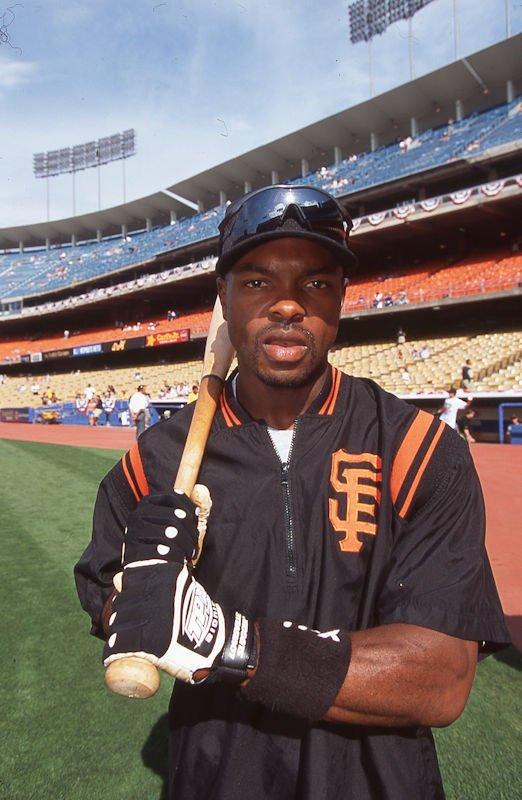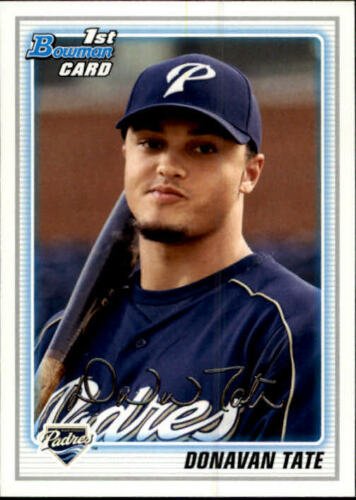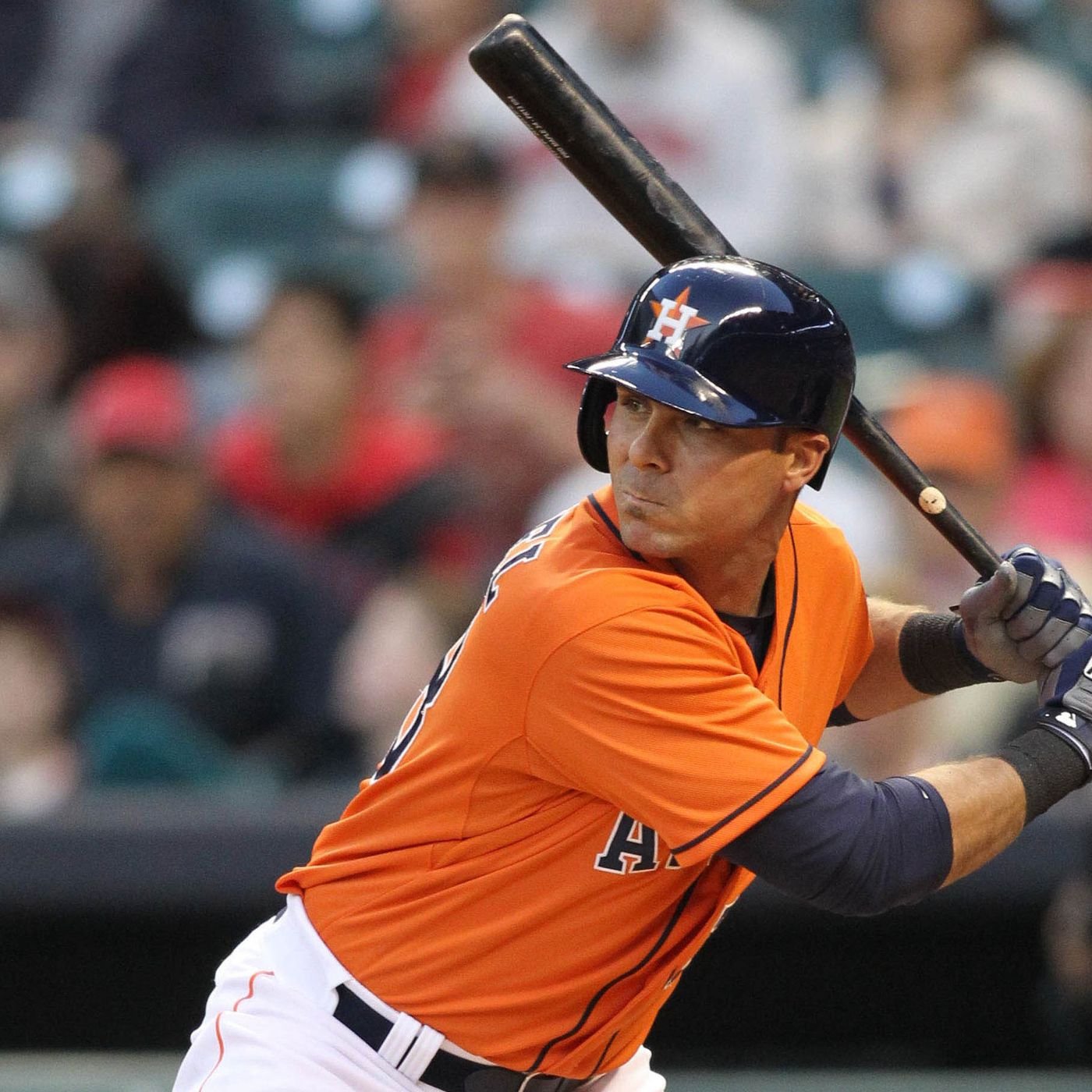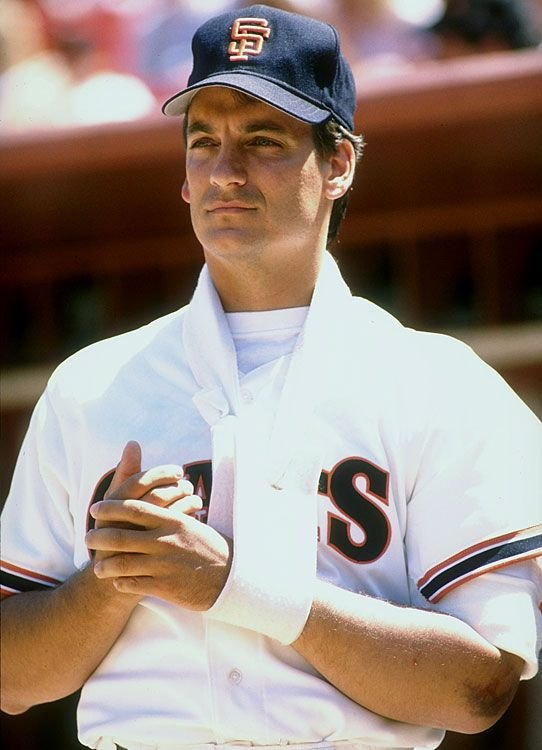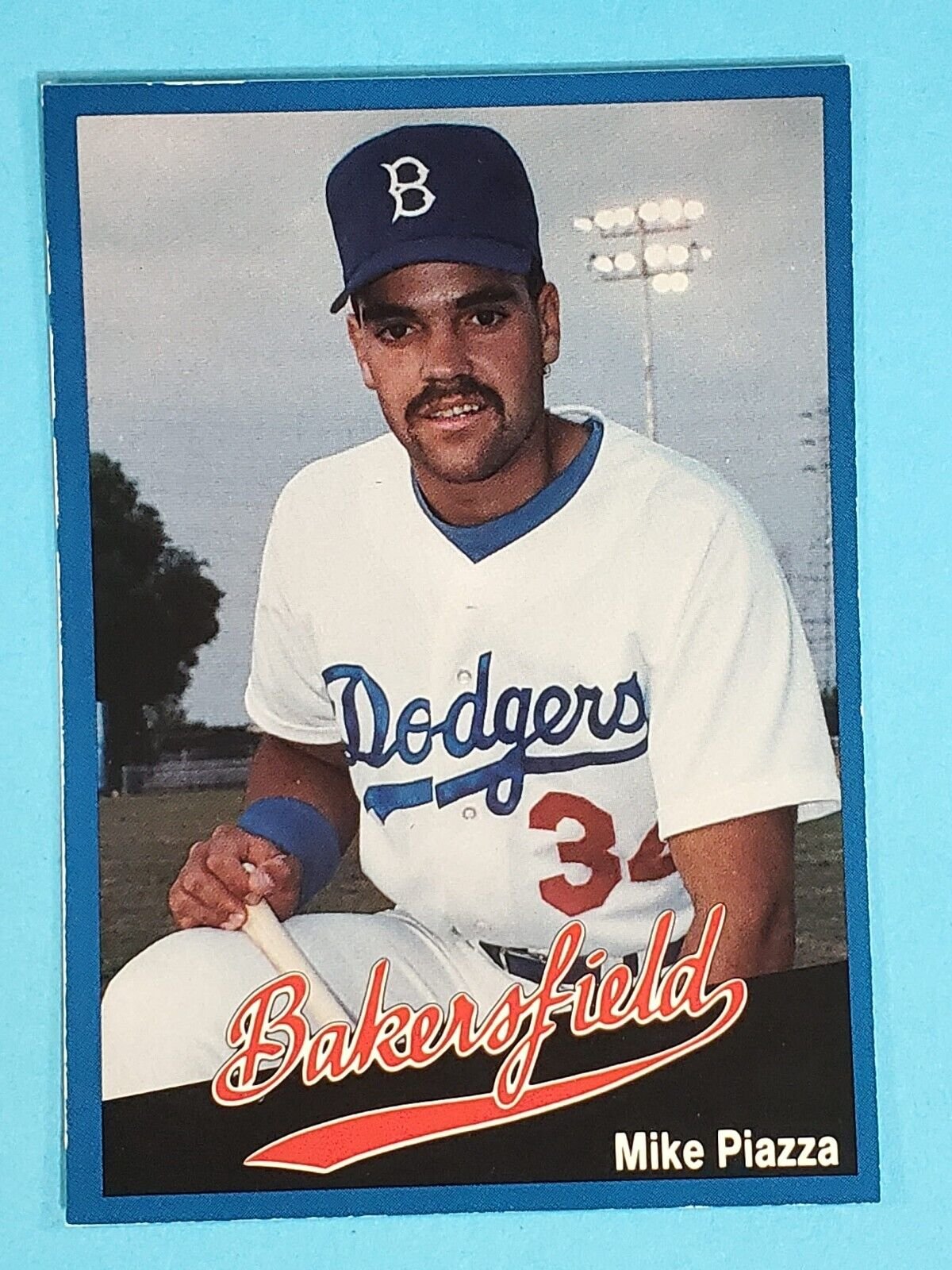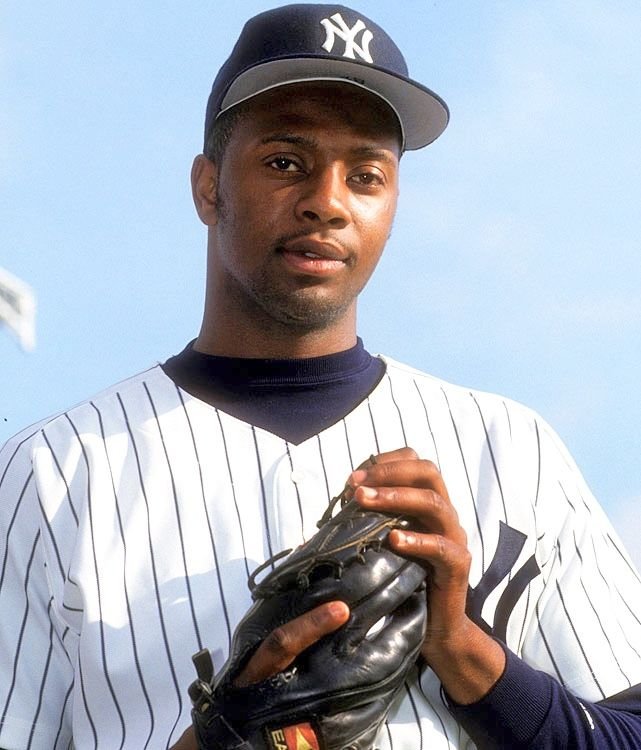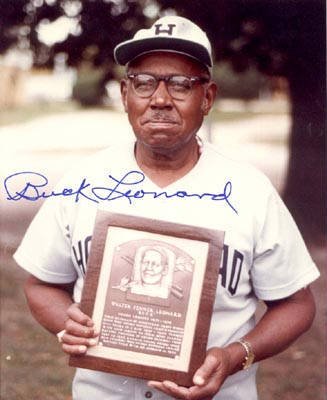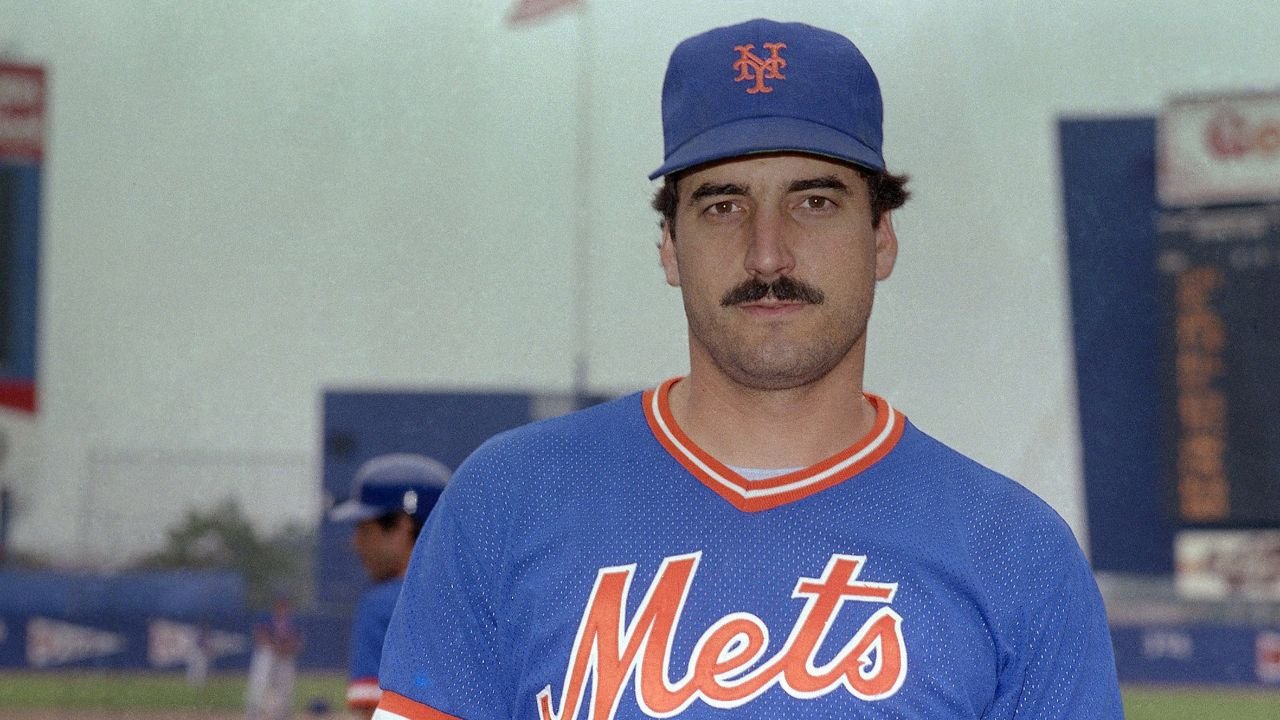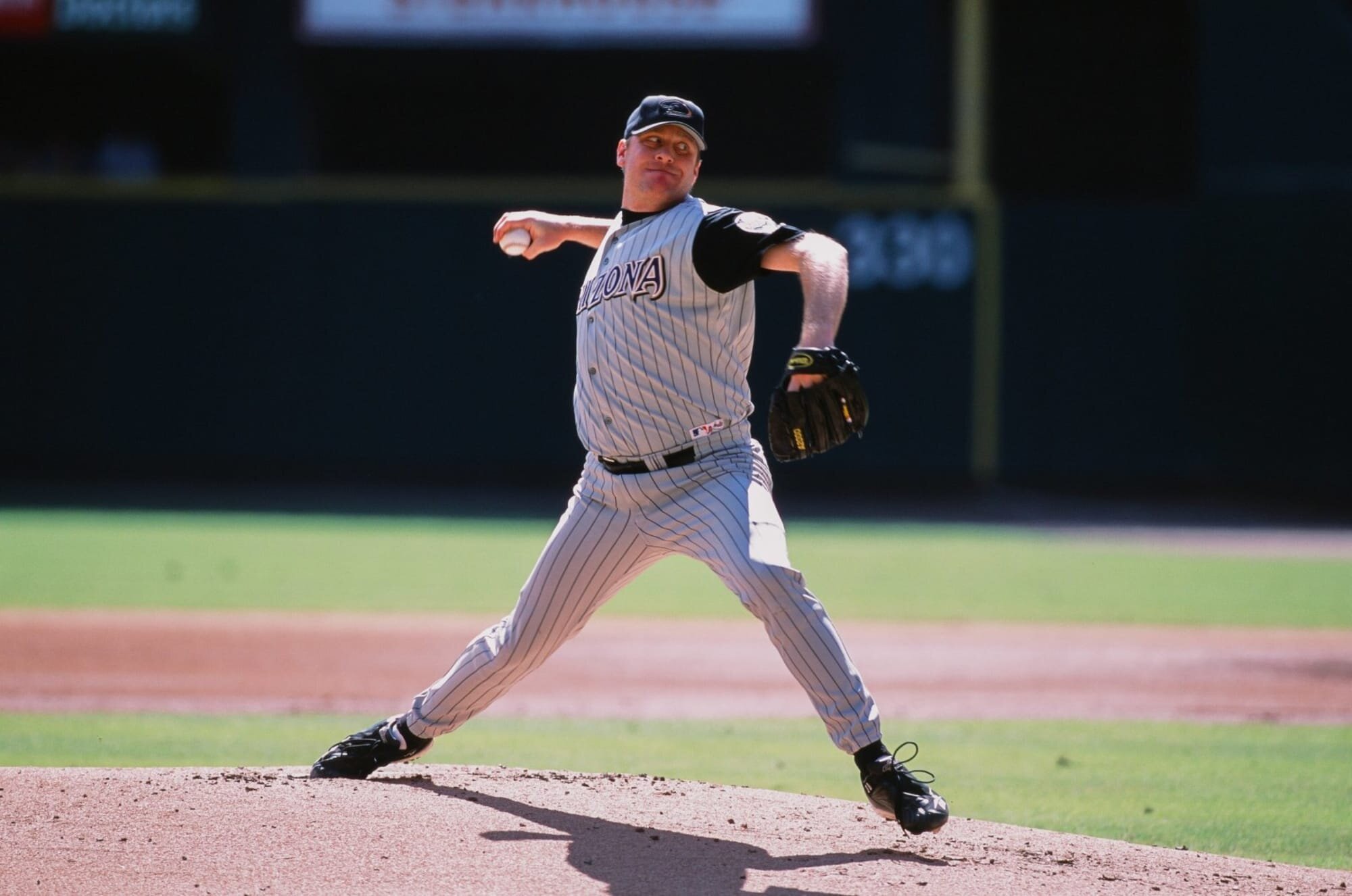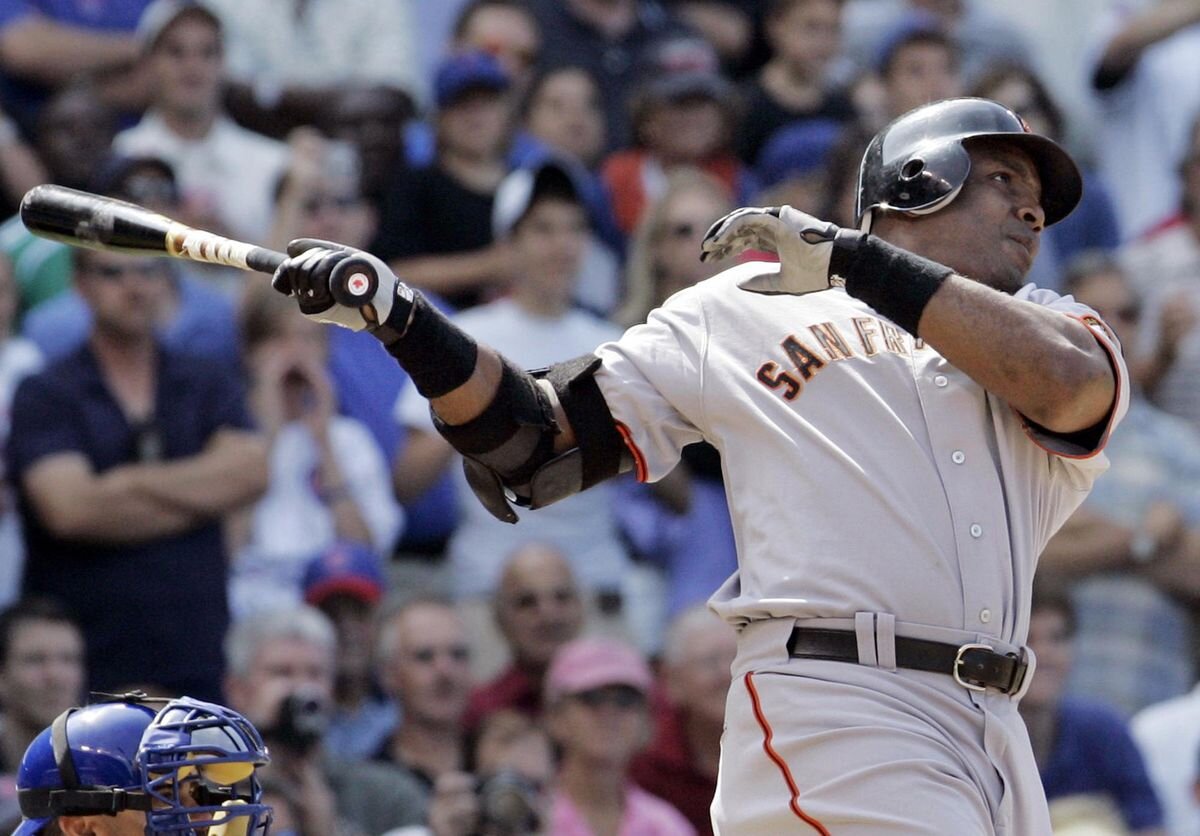Today, we’ll be counting 10 more busts from professional baseball. I received a lot of great suggestions, but there are certain players who, while they certainly never lived up to the massive hype, still had solid MLB careers. Gregg Jeffries, for example, was supposed to be a next-level superstar, but was never that great. Still, he had a 14 year career, made 2 All Star teams and had a career .289 batting average. He even appeared on the 2006 Hall of Fame ballot and got two votes. So, for the purposes of this list, that is not a bust. For me, a bust is a high draft pick, highly touted prospect who generates big hype and had a far less than average big league career if he made it to the big leagues at all – and a major bust certainly never made an All Star team. So, let’s get started with ten more busts.
10 Bill Bene, P.
Bill Bene
Back in the 1980’s, baseball cards of draft picks usually weren’t a thing. However, this Bill Bene card was fairly hot for a short while. Bene was taken 5th overall in the 1988 Draft by the Dodgers, the same team that also drafted Mike Piazza that year – with 1,390th pick. They also took Erik Karros with 140th. Luckily, those two worked out. The same cannot be said for Bill Bene, who had a lively arm that the Dodgers loved. Scouts saw his stuff and thought that he could be an elite arm, but needed some professional coaching to improve his control, which was absolutely terrible in college. It was a huge gamble to take him so high – and the Dodgers lost the bet. Bene went 5-0 in his professional season, but he must’ve gotten some solid run support, because he walked 45 batters in 65 innings and gave up 33 runs for an ERA of 4.55. The next year, in A-ball, the numbers started to become ridiculous and video-gamish in a bad way. In 27 innings, he struck out a decent 24 batters.. but walked 56. His ERA ballooned up to 12.64. In 1990 at Vero Beach, things really got out of hand as he walked 96 batters in 56 innings. The run support finally ended for Bene too, as he went 1-10 with an ERA of 6.99. If Bene wasn’t the 5th overall pick, he would’ve been released a long time ago at this point. Instead, he came back year after year, sometimes showing slight improvements in his control but never being able to consistently command the zone whatsoever. In 1994, still in the Dodgers organization, he walked 49 batters in 50 innings with a 6.04 ERA, strictly coming out of the bullpen at this point. Mercifully, the Dodgers released him. The Reds took a chance on him the next year with their Double-A team, but he walked 9 batters in 4 innings to end the experiment. He missed the ‘96 season and made a comeback attempt with the Angels in 1997, but the control just wasn’t there. Even at this point, he struck out 70 batters in 68 innings, but walked 66, going 0-4 with a 6.68 ERA. He was finally out of baseball, but continued to get busted even later in life, as he was arrested and sentenced to 6 months in jail in 2012 for operating a counterfeit karaoke business without paying taxes. Once a bust, always a bust.
9. Bubba Starling, OF
Bubba Starling
A recent massive prospect, Bubba Starling was a 3-sport star and the #1 baseball recruit in the nation back in 2011. He was seen as the most athletic player in the entire draft and the Royals took him with the 5th overall selection, just ahead of Anthony Rendon, who the Nationals took at #6. Starling was also taken ahead of Francisco Lindor, Javy Baez, George Springer and Brandon Nimmo in an extremely talented draft class. His minor league career was nothing special. In a full season in A Ball in 2014, he hit just .218 with 8 home runs and 17 stolen bases. Still, he slowly moved through the system, battling injuries at times, until finally making his big league debut in 2019, 8 years after he was drafted. In 56 games, he hit .215 with 4 homers and a .255 on-base percentage. In the shortened 2020 season, he was even worse, hitting just .170 in 35 games. That offseason, he was non-tendered by the Royals. Starling re-signed a minor league deal for 2021 and played his last year of professional baseball with Triple A Omaha, hitting .258 with 7 home runs before announcing his retirement from the game. He retired with a .204 MLB batting average.
8. Preston Mattingly, SS.
The next bust was taken in the first round of the 2006 MLB Draft by the Los Angeles Dodgers and his name is Preston Mattingly. This 6’3” 200 lb power hitter, the son of should-be Hall of Famer Don Mattingly, impressed scouts in High School with massive power, speed and a great glove. Like his dad, he signed out of High School and went to Rookie League, where he hit .290 with a home run. In 2007, with the Great Lakes Loons in A Ball, he struggled, hitting just .210 with 3 home runs in 404 at bats. This wasn’t a great sign for Mattingly’s development and he wasn’t promoted to High A until 2009, when he hit .238 with just 8 home runs despite over 500 at bats. This was a situation where a player didn’t get hurt, wasn’t rushed to the big leagues, wasn’t self-destructive or addicted to drugs… he simply couldn’t hit that well at the professional level. Perhaps, as the son of Don Mattingly, he was overvalued. His last year was 2011, when he hit .232 with 5 home runs. He signed with the Yankees in 2012 but was released before the end of Spring Training. Mattingly, however, did return to college to play Division I basketball and was hired by the Philadelphia Phillies in 2021 to be their Minor League Director.
7. Ben McDonald, P
Next up is a 6’7” 212 lb machine who led the 1988 U.S. Olympic baseball team to a gold medal and helped Louisiana State reach the College World Series twice. His name is Ben McDonald and he was taken as the #1 overall pick in the 1989 MLB Draft and given a signing bonus of $350,000. Unfortunately, like many draft busts, we was rushed to the Major Leagues. McDonald pitched in only 2 minor league games in A Ball, throwing 9 solid innings , allowing 2 runs and 10 hits while striking out 9. It was a nice start to his minor league career but certainly not enough to warrant an immediate call up after two minor league games. He was brought up anyway and against major league hitting, the young prospect allowed 7 runs in 7 1/3rd innings while striking out just 3. He had some moderate success the next year and eventually became a part of the Orioles rotation but fell quite short of the hype, never making an All Star Team and eventually retiring with a 78-70 record and 3.91 ERA. McDonald wasn’t a massive bust, but as an #1 overall selection, he still makes this list.
6. Kiki Jones, P
In the first round of the 1989 MLB Draft, the Dodgers were fortunate to have three selections. Two of them, 22nd overall Tom Goodwin and 28th overall Jamie McAndrew, made it to the big leagues. The other pick, who was taken as the 15th overall selection, never made it to the big leagues. His name – Kiki Jones. He was a High School phenom who struck out 100 batters in 61 innings with a 1.14 ERA. Baseball America named him the country’s top High School prospect. In his first minor league season in the Pioneer League, he dazzled, going 8-0 with a 1.58 ERA, including two complete game shutouts. Instantly, Jones became one of MLB’s hottest up-and-coming Minor League prospects. Unfortunately, that was the last great season of pro baseball Jones would have. The next year, after going 3-3 with Bakersfield in A Ball, Jones season ended due to tendinitis. He made 9 starts at Vero Beach in 1991, going 3-1 with a 4.1 ERA, but continued to struggle with injuries In 3 starts at Double A in 1993, Jones went 0-1 with a 4.5 ERA. His strikeout numbers were gradually dropping off as well. By 1994 he was completely out of baseball. Jones made a comeback attempt in 1998 with the Tampa Bay Devil Rays organization but was ineffective in 3 appearances in high A. His last hurrah was a brief run with the Rangers High A team in 2001, when he went 0-1 with an 18.69 ERA. Jones is one of the many sad stories of insanely talented young pitchers getting injured early in their minor league careers and never being able to make it to the big leagues.
5. Calvin Murray, OF
Calvin Murray with the San Francisco Giants
As a Giants fan, long before the three World Series championships, I remember vividly the hype around an up-and-coming prospect named Calvin Murray. He was a such a highly touted prospect that he was drafted in the first round not once, but twice – first by the Cleveland Indians in 1989, then by the San Francisco Giants in 1992. After not singing in ‘89, Murray went to college at Texas and hit .351 with 47 stolen bases during his Junior year. The Giants took him ahead of future superstars Jason Giambi and Johnny Damon. Murray was known as a guy who could fly, play elite defense and hit for average. The Giants also thought he could develop some big power. Unfortunately, while he could certainly run and play defense, he struggled to hit consistently at the professional level and lingered in the Giants farm system for 7 years. He did show improvement, however, and in 1998, hit .293 between Double-A and Triple-A. He had his breakout minor league season in 1999 when he hit .334 with 23 home runs and 42 stolen bases for the Fresno Grizzlies. Giants fans, myself included, thought we had a future All-Star who just took a little more time than normal to develop. Unfortunately, that year in Triple A was the last time he would show that kind of talent. In 2000, he hit .242 with 2 homers for the Giants with 9 stolen bases. In 2001, the Giants decided to just put him in the lineup for an extended period and really find out what they had. He hit .245 with 6 homers in 326 at bats, certainly not horrible but not particularly good either. The Giants traded him to the Rangers, he bounced around a bit for a few years and was out of baseball after 2005. Murray had a .231 career MLB batting average with 8 homers in 633 at bats and 22 stolen bases. He’s a name I remember well because he was in the system for so long, but never worked out at the big league level.
4. Billy Beane, OF
One of the most famous busts in MLB history is Billy Beane, the man who went on to become the GM of the Moneyball era Oakland A’s and who was portrayed on the big screen by one Brad Pitt. Before all of that, he was considered one of the top prospects in High School – a 5-tool talent who hit over .500 during his sophomore and junior years. Scouts projected him a future superstar and it was the New York Mets who grabbed him in the first round of the 1980 MLB Draft. The Mets also took two other players in the first round – Darryl Strawberry and John Gibbons, both of whom they put in Rookie Ball. As for Beane, he started in Low A and hit just .210 with a home run. The next year, he hit .268 but struck out 125 times in 403 at bats. His trip through the system was slow. In 1983, while Strawberry was in his first full MLB season, Beane was still in Double-A, hitting .246 with 11 homers. In ‘84, again in Double-A, he performed well enough to finally earn a callup to the big leagues, where he went 1 for 10. Despite another strong minor league season in 1985, the Mets seemed ready to move on from Beane and traded him to the Twins, who gave him his first extended shot in the big leagues. Beane hit .213 with 3 home runs. He also played briefly for the Tigers and A’s, never making it at the MLB level as a player. Fortunately, he has since become a successful baseball executive despite being one of the most noteworthy busts in MLB history.
3. Eddie Bane, P
Drafted in the first round out of Arizona State in 1973, Eddie Bane was considered a can’t miss pitching prospect, good enough in college to be elected into the College Baseball Hall of Fame. His career college stats are ridiculous – a 40-4 record with a 1.64 ERA. He broke and still holds the ASU strikeout record and even threw a perfect game. Bane also won a silver medal in the 1971 Pan-American Games. Unfortunately, the Twins made the same mistake the Rangers made with the first overall selection in the ‘73 draft, David Clyde, and promoted Bane directly to the big leagues. He completely bypassed the minors, which, of course, is a recipe for disaster. He went 0-5 with the Twins in 1973 with a 4.92 ERA. Like Clyde, he showed signs of brilliance and had a few good games here and there, but simply wasn’t ready for the big leagues. So, they put him in Triple-A for the next couple years where, after first getting used to life in the big leagues, had to begin his minor league career. He was finally called back up in 1975, started 4 games and went 3-1 with a 2.86 ERA. This would be his best season. The next year, Bane went 4-7 with a 5.11 ERA and never pitched in the big leagues again. Bane showed massive potential throughout his pro career but the mishandling of him by the impatient Twins front office was likely a major contributor in Bane never being able to really take off in the big leagues.
2. Donovan Tate, OF.
In the 2009 MLB Draft, the San Diego Padres had the third overall pick and with it, took Donovan Tate, a 6’3” 200 lb. High School superstar. He was a 5-tool talent with insane speed, a powerful arm and big stats – a .512 batting average and 9 bombs his Senior Year, which led his team to the Georgia State Championship. The Padres snagged him, offering a $6.7 Million Bonus, and taking him ahead of Nolan Arenado, Paul Goldschmidt and Mike Trout. Unfortunately, the massive talent he showed in High School never translated to pro ball. In his first year, Tate hit .222 with 2 homers in rookie ball. The next year, he played in only 39 games in A Ball, struggling with injuries such as a sports hernia, broken jaw and sprained shoulder. He also had problems with non-PED drug abuse and in June of 2011, was suspended and required to attend a drug treatment program. He stayed relatively healthy in 2012, but hit just .226 with one home run in 440 at bats in A Ball. Tate stuck around that level through 2016, never making it to the Double A. The 26-year old retired from baseball and returned to college to play quarterback for the Arizona Wildcats. The Padres, especially during the 2000’s, were known for poor drafting but this may have been their biggest bust of all as he never even made passed High A.
1. Dustin Ackley, 2B/OF
Dustin Ackley with the Los Angeles Angels
My #1 bust in today’s article is Dustin Ackley, who was drafted just before Donovan Tate – which makes him the 2nd overall pick in the 2009 MLB Draft. Number 1, by the way, was Stephen Strasburg. Ackley was a fantastic college player who broke several North Carolina records including 119 hits in a season, which he did in 73 games. In his three college seasons, he hit .402, .417 and .417 respectively with 22 bombs in his final year. He won multiple player of the year awards and was ranked as the #1 college prospect in many publications, including Baseball America. He was considered the best and most professional-ready offensive player in a draft that included Mike Trout. The Mariners were confident enough in his abilities to agree to a 5-year $7.5 million MLB contract before he signed. His first full season in the minors was split between Double-A and Triple-A. He hit .267 with 7 homers, not terrible but definitely not second-overall pick numbers. He looked better in 2011, hitting .303 with 9 homers through 66 games, earning a promotion to the big leagues. He hit .273 with 6 bombs and would be a regular for the Mariners in 2012. Unfortunately, he wasn’t great, hitting just .226 with 12 homers and an on-base percentage under .300. He ended up back in Triple-A for a portion of 2013, hitting well, but still struggling at the big league level. He had a few good streaks and definitely showed some potential from time to time, but would fall into prolonged slumps, and never got close to becoming the player he was supposed to be. Eventually, the Mariners dealt him to the Yankees. He battled injuries there for 2 years, never contributing much, then signing with the Angels, where he stayed in Triple-A for two years. Finally, in 2019, the Mariners signed him to return to his original organization, but he was released during Spring Training. He ended up hitting .241 with 512 hits and over 2,000 big league at bats, which is why he didn’t quite make my Top 10 busts, but given the fact that he was one of the most decorated college players ever and he was hyped up to the best offensive player in the draft, he certainly earned bust status in my opinion.






